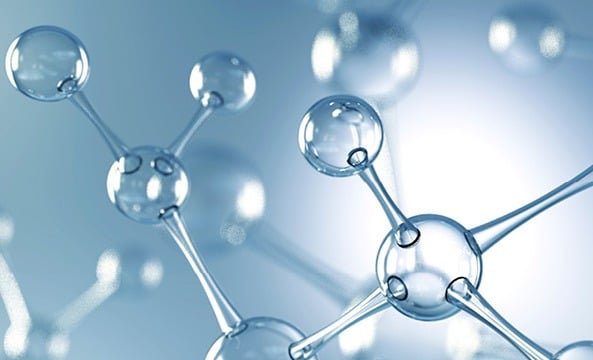
Can Coupling Reagents Cause Premature Cleavage from Cl-Trityl Resin?
Small Molecules and Synthetic Therapeutics
In this blog post we show how adding a base can reduce peptide loss over the course of your synthesis.

Small Molecules and Synthetic Therapeutics
In this blog post we show how adding a base can reduce peptide loss over the course of your synthesis.
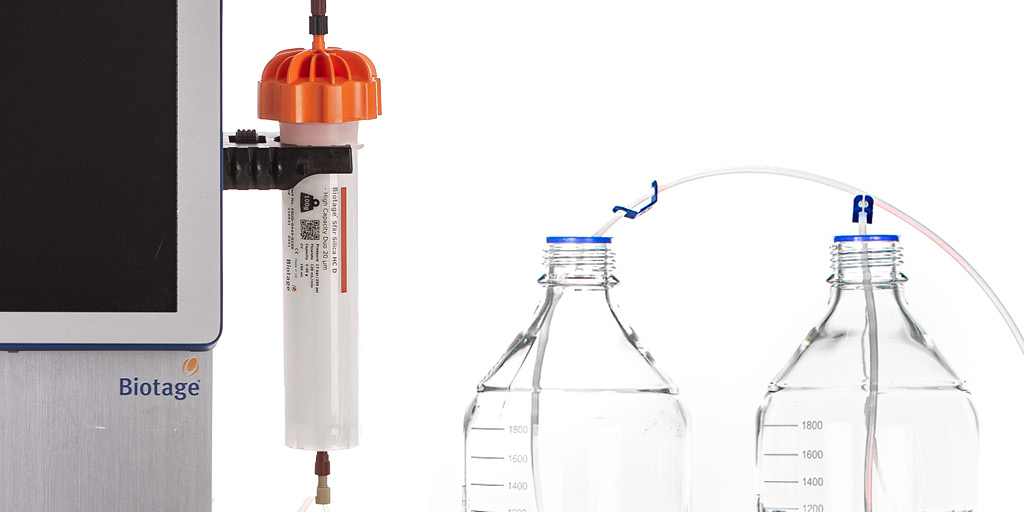
Small Molecules and Synthetic Therapeutics
This post highlights the benefits provided by various dry load media.
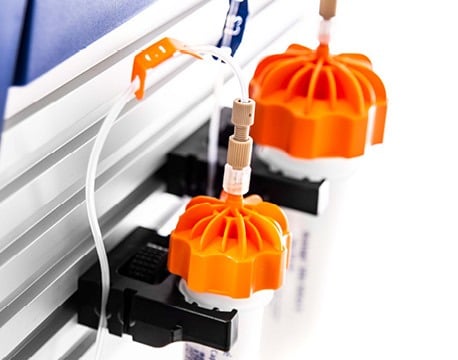
Small Molecules and Synthetic Therapeutics
This is a troubleshooting post discussing the causes and remedies for wavy chromatographic traces.

Small Molecules and Synthetic Therapeutics
This post describes how organic solvent choice impacts reversed phase separations.
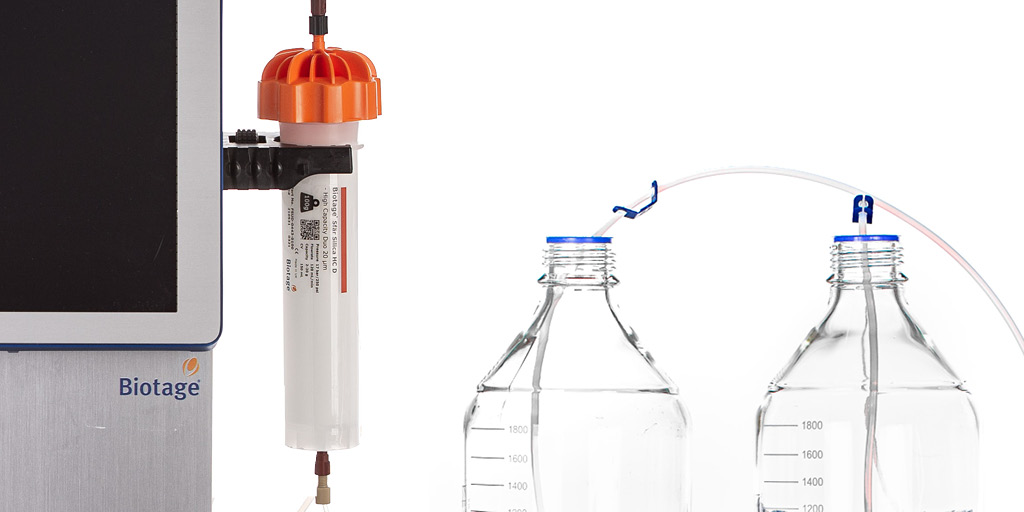
Small Molecules and Synthetic Therapeutics
This post discusses two situations when the addition of a third solvent in a purification method addresses the issue.
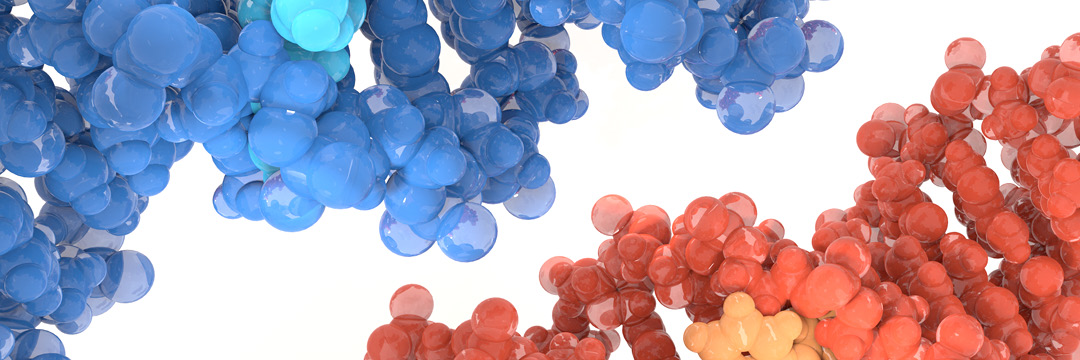
Biologics and Advanced Therapeutics
Learn how to choose between affinity tags for protein purification.

Small Molecules and Synthetic Therapeutics
Head-to-tail macrocycles remain difficult to synthesize on resin. Here is how C-terminal amino acid affects cyclization efficiency.

Small Molecules and Synthetic Therapeutics
This post highlights the time and solvent savings attainable with shorter linear gradients when maintaining gradient slope.

Small Molecules and Synthetic Therapeutics
Head-to-tail macrocycles remain difficult to synthesize on resin. Here is how the length and size of your pepetide can affect purity and ...

Small Molecules and Synthetic Therapeutics
This post highlights the time savings achievable using a step gradient in reversed phase flash chromatography.